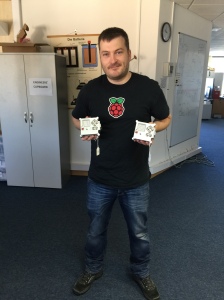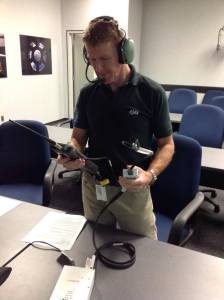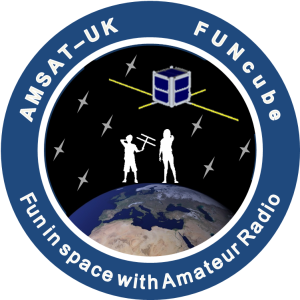Radio amateurs David Honess, M6DNT, and Tim Peake, KG5BVI / GB1SS, have been inducted into the prestigious CQ Amateur Radio Hall of Fame.
The CQ Amateur Radio Hall of Fame honours those individuals, whether licenced radio amateurs or not, who have made significant contributions to amateur radio; and those amateurs who have made significant contributions either to amateur radio, to their professional careers or to some other aspect of life on our planet.
David Honess, M6DNT, developed the Astro Pi project which sent two Raspberry Pi computers to the International Space Station as platforms for students on Earth to write and run their own computer code in space. In November 2016 he was honored for this work with the Sir Arthur Clarke Award, presented by the Arthur C. Clarke Foundation and the British Interplanetary Society.
David said “I was really surprised when I heard I’d been inducted into the Hall of Fame, especially alongside Tim! Thank you to CQ magazine for the honour.”
“I’m so jealous of the kids these days, if you could have sent BBC Basic code to the Mir space station when I was kid I would have gone mad for it! Astro Pi gives young people a chance to be real ISS scientists, to have their code run in space and do something meaningful.”
UK astronaut Tim Peake, KG5BVI /GB1SS, coordinated the International Space Station end of the Astro Pi project.
Tim was very active in the ARISS program during his mission on the ISS. In his free time he used the amateur radio station in the Columbus module to talk to students at schools in the UK and around the world. These contacts included the first use of Digital Amateur Television (DATV) transmissions to schools from space.
Amateur Radio on the International Space Station (ARISS)
http://www.ariss.org/
ARISS Principia UK school contacts https://principia.ariss.org/
Videos of Tim Peake GB1SS amateur radio contacts with UK schools
https://www.youtube.com/channel/UCQS-yDk7PdE9cRv4MNu8pCw/videos
Astro Pi: Your Code in Space https://www.raspberrypi.org/blog/tag/astro-pi/
Astro Pi https://astro-pi.org/
Twitter https://twitter.com/astro_pi
Izzy Astro Pi https://twitter.com/astro_pi_ir
Ed Astro Pi https://twitter.com/astro_pi_vis
CQ Amateur Radio Hall of Fame
http://www.cq-amateur-radio.com/cq_awards/cq_hall_of_fame_awards/cq_hall_of_fame_awards.html
David Honess, M6DNT, presented with Sir Arthur Clarke Award
https://amsat-uk.org/2016/11/25/radio-ham-awarded-space-achievement-honour/












You must be logged in to post a comment.